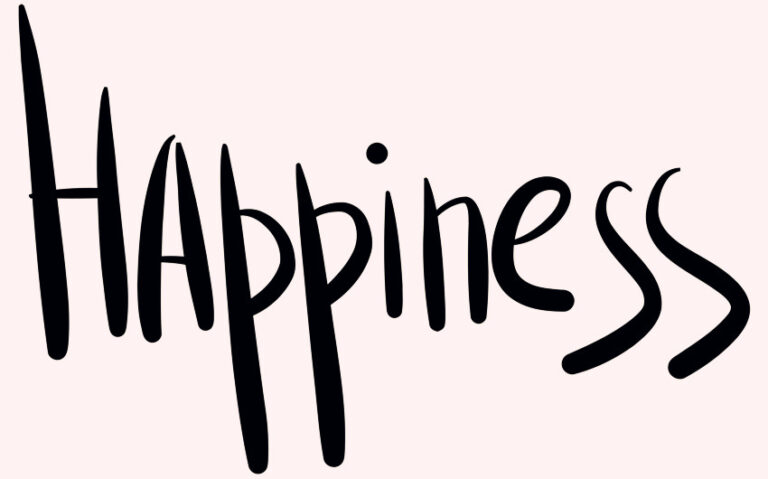What to Do When You Feel Numb, Not Sad—And Why That Matters More Than You Think
You expect sadness to come with tears. Pain to feel sharp. Grief to feel heavy. But sometimes, what shows up instead is nothing. Just a flatness. A silence. A blankness where emotion should be. That’s not you being broken. That’s emotional numbness—and it deserves your attention just as much as sadness ever did.
Numbness is not the absence of emotion—it’s emotional overload
Feeling numb doesn’t mean you don’t feel. It often means you’ve felt too much, for too long, with too little space to process. When your nervous system is overwhelmed, it does what it was built to do: it shuts down to protect you. Numbness is a kind of freeze response—your mind’s way of saying, “This is too much, so I’m going to turn the volume down on everything.”
This isn’t failure. It’s survival. And it’s more common than you think. Emotional numbness can be a response to trauma, burnout, chronic stress, or deep fatigue. If your body has been in fight-or-flight for too long, it often slips into freeze—not because you’re weak, but because it’s run out of ways to cope.
The key isn’t to force yourself to “feel something.” It’s to listen to the numbness like you would a whisper. There’s wisdom in the quiet. You just have to know how to hear it.
Don’t judge the numbness—start by noticing it
It’s easy to panic when you feel numb. You might ask yourself, “Why can’t I cry?” or “Why don’t I care about anything?” But those questions are layered with judgment—and judgment only deepens the disconnection.
Instead, try shifting into gentle observation. Say to yourself:
- “I’m feeling flat right now.”
- “My emotions feel far away.”
- “Something inside me is tired and protecting itself.”
This invites self-compassion instead of pressure. The goal isn’t to force yourself into feeling—but to make it safe enough for feelings to return when they’re ready.
Understand what your numbness is protecting you from
Numbness is usually a shield. But what is it shielding you from? Often, it’s one or more of these:
- Grief that feels too big to touch.
- Anger you were never allowed to express.
- Fear of disappointment or rejection.
- A deep belief that your pain doesn’t matter.
When your nervous system believes that feeling an emotion will lead to danger—emotional, physical, or relational—it shuts down access to it. This was once a survival strategy. But you’re not in survival mode anymore. And your system might need help learning that it’s safe now to feel.
This is the beginning of thawing. Not by pushing past the numbness—but by understanding what it’s been protecting all along.
Create gentle conditions for emotion to return
You can’t demand yourself to feel. But you can create an environment where emotion feels safe to emerge. Think of it like warming cold hands. You don’t yell at them to heat up—you surround them in warmth until the circulation comes back.
Try this:
- Lower stimulation: Turn off the noise. Sit in stillness. Breathe slowly. Let your nervous system stop bracing.
- Reintroduce sensation: Hold something cold or warm. Take a hot shower. Massage your arms or feet. Movement and touch gently wake up a frozen body.
- Name without pressure: “I don’t feel much right now, and that’s okay.” Give yourself permission to be where you are.
When your body feels safe, it starts to speak again. First in small ways. Then in deeper ones. Trust that the thaw will come.
Recognize the difference between depression and protective numbness
Numbness can feel like depression—but they’re not always the same. If you’re experiencing persistent disconnection from joy, energy, or motivation for weeks or months, you may be navigating clinical depression. It’s okay to reach out for support. Therapy, medication, or trauma-informed care can be lifelines, not last resorts.
But not all numbness is depression. Sometimes, it’s situational. Temporary. It may show up after a major loss, during burnout, or after emotional overload. In these cases, your body and heart aren’t broken—they’re tired. And what they need most is gentleness, not diagnosis.
If you’re not sure which it is, that’s okay. You’re not supposed to figure it all out alone. Emotional numbness is a valid reason to seek help, even if you “can’t put your finger on why.”
Try micro-movements instead of big emotional goals
If you’re feeling numb, trying to “feel better” can be overwhelming. The gap between where you are and where you think you should be may feel impossible to cross. So instead of trying to leap, try to take one small emotional step at a time.
Here are gentle micro-movements to start reconnecting:
- Put on a song you used to love and notice if it stirs anything.
- Look through old photos and observe any memories that arise.
- Name three neutral physical sensations: “My feet are on the floor.” “The air is cool.” “I hear traffic outside.”
- Write a letter to your numbness: “Dear Numbness, I know you’re trying to protect me…”
These aren’t meant to fix anything. They’re meant to make contact. To bring your awareness gently back into your emotional space without forcing anything to change too fast.
Give your feelings permission to return slowly, on their terms
Emotions don’t work on command. You can’t snap out of numbness by willing it away. But you can open the door, signal safety, and say, “It’s okay to come back when you’re ready.”
Sometimes emotions come back in waves. You might cry over something small. Laugh suddenly. Feel irritated out of nowhere. These are signs your emotional body is waking back up. Don’t suppress the flickers. Let them pass through, no matter how inconvenient or confusing they feel.
You’re learning how to feel again after disconnecting for protection. And like anything worth learning, it takes practice, patience, and presence.
Be careful not to shame yourself for “not feeling enough”
You may start comparing your numbness to other people’s pain. You might say things like:
- “Other people are going through worse.”
- “Why am I so disconnected? What’s wrong with me?”
- “I should be crying or angry—why am I just empty?”
But healing isn’t measured by how dramatic your emotions look. Feeling numb doesn’t mean you’re faking, failing, or flawed. It means something inside you needed a break. And now, your work is not to force feeling—but to restore trust within yourself.
There is no gold star for emotional pain. There is only the truth of where you are—and the courage to meet yourself there without shame.
Numbness doesn’t mean you’re not healing—it means you’re protecting something tender
So many women believe healing means “feeling everything all the time.” But healing also means pausing. Resting. Not forcing breakthroughs or emotional floods. Numbness may just be a season your heart needs before it can open again.
Instead of trying to fix it, try asking:
- What part of me feels safest when I feel nothing?
- What pain might be hiding behind this blankness?
- What would it look like to sit with this feeling instead of solving it?
Even in numbness, you are still here. You are still aware. You are still listening. And that listening is the first sign of life returning.






